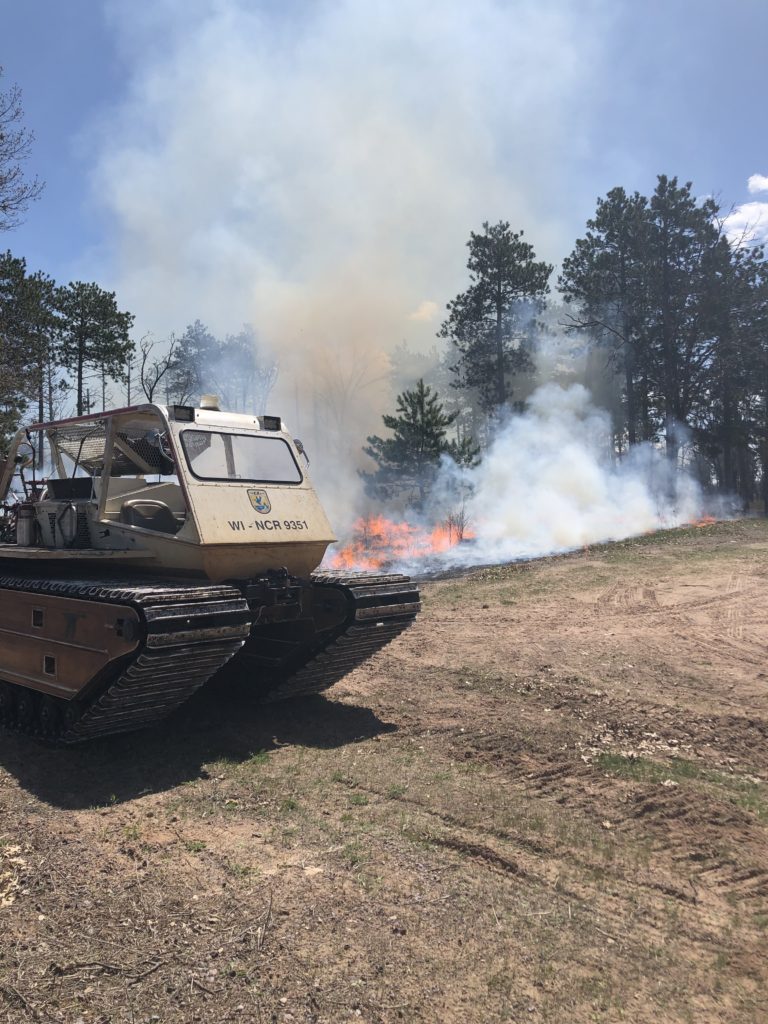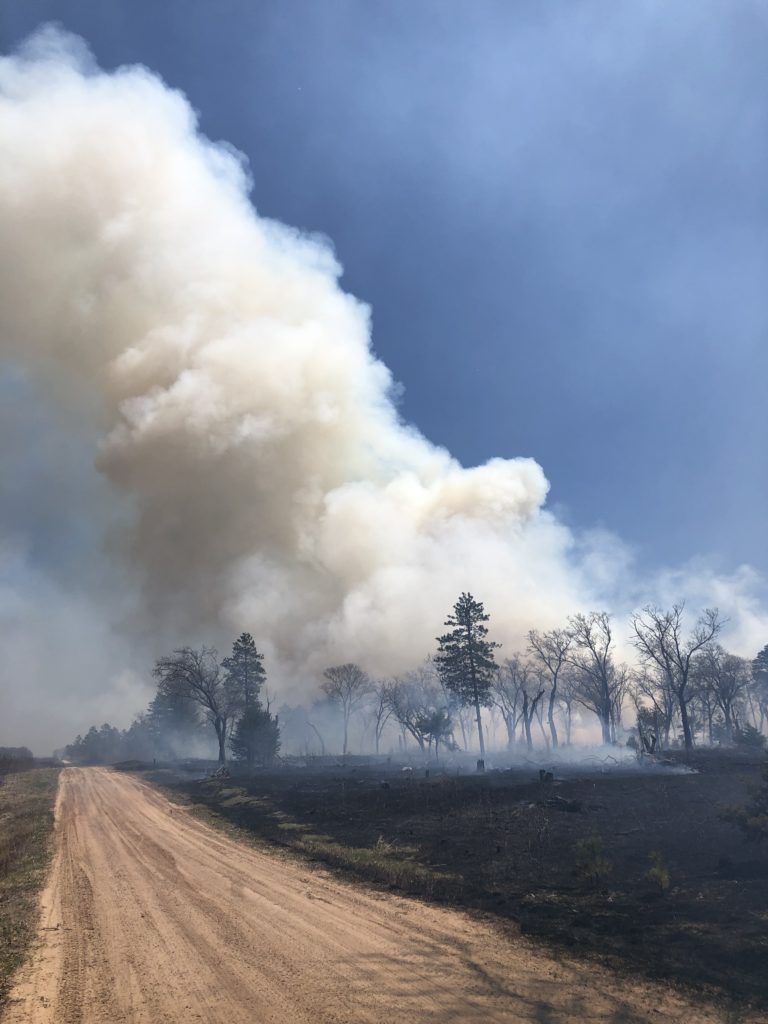
At the time of publication, Ingalsbee stated that wildfire suppression costs accounted for approximately $1 billion of taxpayer money. However, in 2018 alone, $3 billion were spent by the Federal government in an attempt to suppress wildfires (NASF). So, where does this money come from? For the last 20 years the United States Forest Service has spent nearly half of its total appropriated budget on firefighting and has been forced to transfer billions of dollars away from non-fire programs to pay for suppression costs, in an act called “fire borrowing” (Ingalsbee, 2010 & NASF).
Many citizens question why it is that the government continues to “fire borrow” and why they continually spend more money on fire suppression. Well the answer is simply that wildfire activity is increasing across the nation. Years of fire suppression activity have produced enormous amounts of hazardous fuels in forests and the combination of climate change has simply increased wildfire occurrence and behavior across the land. Today, fire seasons last on average, 78 days longer than they did in the 70’s (NASF) and with more people living in fire-prone and dependent landscapes, the costs associated with fire suppression have increased exponentially for the last 20+ years.
After 2018 and $3 billion of suppression costs used, the Federal Government generated the “wildfire funding fix”. This policy will allocate $2.25 billion fore wildfire suppression to the United States Department of Agriculture (USDA) and Department of the Interior (DOI) for fiscal year 2020. Additionally, the wildfire funding fix, will increase by $100 million each year till fiscal year 2027, where the budget will max out at $2.95 billion (NASF).
The question is, “is this enough.” If the total costs of fire suppression for Federal agencies in 2018 was $3 billion, and state agencies still invested $1.9 billion of their own funds (NASF), that’s a total of $4.9 billion in suppression costs, significantly under the allocated amounts generated by the “wildfire funding fix.”
Though the Nation’s wildfire suppression funding complications haven’t been resolved, they are moving in the right direction. Generating a separate fund for suppression will greatly help other departments get work competed now that fire borrowing has ended. However, changes still need to be made. Billions have been contributed to fire suppression, but when will we start allocating billions for fire prevention? Land managers always seem to be playing defense, they should look to start playing offense.

Sources Cited
Ingalsbee, Timothy. 2010. Getting Burned: A Taxpayer’s Guide to Wildfire Suppression Costs. Firefighters United for Safety, Ethics, and Ecology. 1-43.
National Association of State Foresters (NASF). n.d. Wildfire. Retrieved on 04/09/2020 at: https://www.stateforesters.org/where-we-stand/wildfire/
National Association of State Foresters (NASF) 2018. Wildfire Funding Fix: What it means for America’s forests. Retrieved on 04/09/2020 at: https://www.stateforesters.org/wp-content/uploads/2018/12/Wildfire-Funding-Fix-ONE-PAGER.pdf

2 replies on “The cost of Wildfires…Will we ever get ahead?”
Awesome post! You end points were the exact thoughts on my mind as I read your article. (1) Is it enough? (2) We need to start being proactive about fire management and prevention instead of focusing all our efforts on fire suppression. I am a little curious how the government justifies $2.25 billion for the wildfire fixing fund, yet in 2018 $3 billion was used for fire suppression costs. While our heads are in the right place, I’m not sure that this fund will eliminate fire borrowing if there is not enough money for suppression. As you stated, we have been playing defense. What would the amount of money needed for fire prevention and management tactics be? Where would this money come from?
This is a great blog post! It is a very powerful message and you worded it well. I like how you concluded with an emphasis on fire prevention. It is so challenging in the 21st century because there are so many homes that are around areas that need prescribed burns or thinning to prevent catastrophic fires. It makes me wonder if an agreement can be met with home owners who live in these areas. It’s a difficult situation because is making homeowners leave just for prescribed burns necessary? Is it possible? Probably not. However, if these people live in these areas, they probably wouldn’t want to stay and experience smoke from prescribed burns or the sound from thinning, even if all of it is in the name of wildfire prevention. Maybe eventually policy will be in place that makes it clear that residents in WUI areas will be subject to land management that is for the purpose of wildfire prevention, but it is going to be expensive to get the policy created and to get people to cooperate, and it’s going to be even more expensive to fund these prevention projects. I agree with you that fire suppression needs to be its own funding source without taking from other land management funding, but fire prevention needs its own funding source as well.